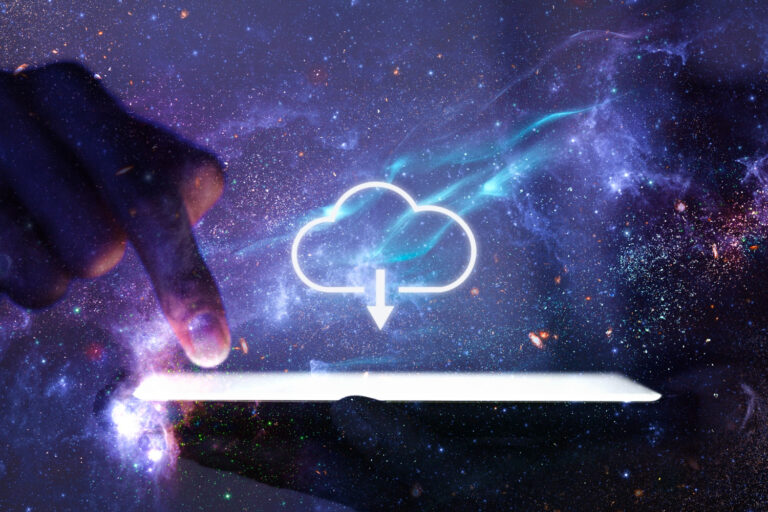How a Single Configuration Bug from Cloudflare Shook the Digital World

VTA-004542 – How a Single Configuration Bug from Cloudflare Shook the Digital World
The Cloudflare outage on November 18, 2025, caused widespread internet outages, affecting millions of users globally. Platforms like ChatGPT, X, Canva, Spotify and government services experienced downtime, leaving users staring at frozen screens and error messages. While the impact felt like a coordinated attack, Cloudflare confirmed that the incident was triggered by a latent bug in its bot-mitigation layer, activated during a routine configuration change. This single fault cascaded across multiple services, revealing just how dependent the digital world has become on centralized infrastructure.
The outage was not caused by a malicious actor or a DDoS campaign. Instead, it was the result of a combination of unusual traffic spikes and an oversized auto-generated configuration file that exceeded internal thresholds. This caused the bot-mitigation layer to crash repeatedly, disrupting Cloudflare’s edge network and halting traffic before it could reach client applications.
The event demonstrated that even sophisticated systems can be vulnerable to internal errors, highlighting the delicate balance of reliability and complexity in modern web infrastructure.In this case, Cloudflare was able to restore service by rolling back to earlier configuration files and mitigating system load through phased fixes, underscoring the importance of well-planned recovery processes.
The incident serves as a reminder that resilience is as important as security. Cloudflare outage underscores the fragility of the internet’s backbone. A single configuration bug in a central service provider can ripple across the digital ecosystem, affecting countless applications and users.
Severity:
Critical
Attack Surface:
Cloud Service
Tactics:
Impact
Techniques:
T1489 – Service Stop
References:
1. https://www.cloudflarestatus.com/
SuperPRO’s Threat Countermeasures Procedures:
1.Enable Cloudflare “Always Online” so cached pages remain available during core network failures.
2.Configure secondary DNS providers (AWS Route53 or NS1) to ensure availability if Cloudflare DNS fails.
3.Enable rate limiting rules with audit mode to prevent cascading failures from sudden traffic spikes.
4.Deploy synthetic monitoring (Checkly or Pingdom) to detect upstream provider failures in real time.
5.Implement multi region failover using Cloudflare Load Balancer with health checks enabled.
6.Review and limit auto generated configuration sizes in Cloudflare Workers and Bot Management rules to avoid hitting processing thresholds.
Contributed by: Thivya